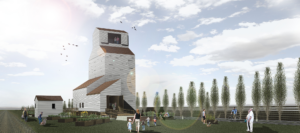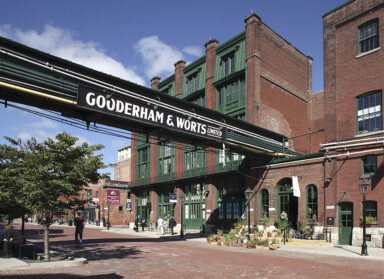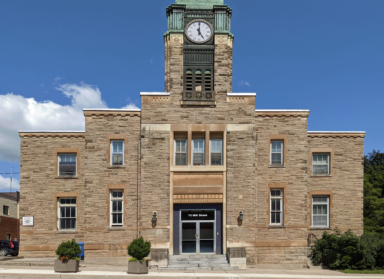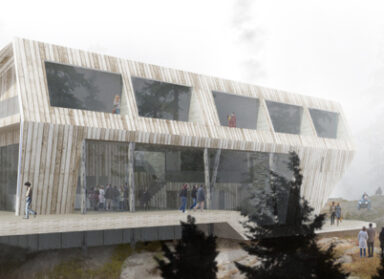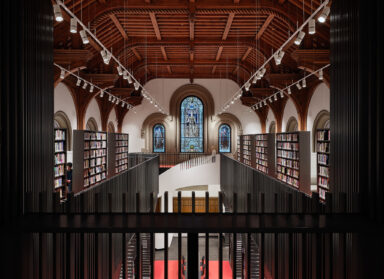This past Friday, I was invited to present my master of architecture thesis to ERA Architects. My thesis, titled “Living Heritage: Re-imagining Wooden Crib Grain Elevators in Saskatchewan,” explores the tangible and intangible cultural heritage of the iconic wooden grain elevators across the Canadian Prairie. The number of elevators in Saskatchewan peaked in 1938 with over 3,000 elevators; today a little over 400 are still standing while only 80 are still in use. On a large scale, grain elevators are a product of the national rail network that shaped Saskatchewan as a province and Canada as a nation. On a small scale, the elevators are an architecture that has evolved from functionality to monumentality, deeply rooted in the identities of prairie communities and their people.
From a place for grain to a place for people, adaptive reuse promotes a new life for the wooden grain elevators. Through community engagement sessions with rural communities, the new programs are developed using a bottom-up approach. The town of Indian Head, SK was used as a case study focusing on their historic Saskatchewan Wheat Pool elevator. Community gardens and a community kitchen are located at grade creating a link between the town and the site. A tourist information centre and community gathering space within the drive shed of the elevator encourage interaction between residents and visitors. A series of stairways and passages allow visitors to access the interstitial spaces within the grain cribs animating the journey to the top. There are two hotel suites in the shoulders of the elevator and a coffee shop—with an expansive view of the surrounding prairies—in the cupola at the top. The interventions are intended to enhance the juxtaposition of the vertical elevator within the vast horizontal landscape.
The adapted architecture of the grain elevator will generate social interaction that promotes co-operation, strengthens community, and ultimately creates sustainable, vibrant prairie communities.
For more information on the project and to read the full thesis, visit www.apiwowar.com.

